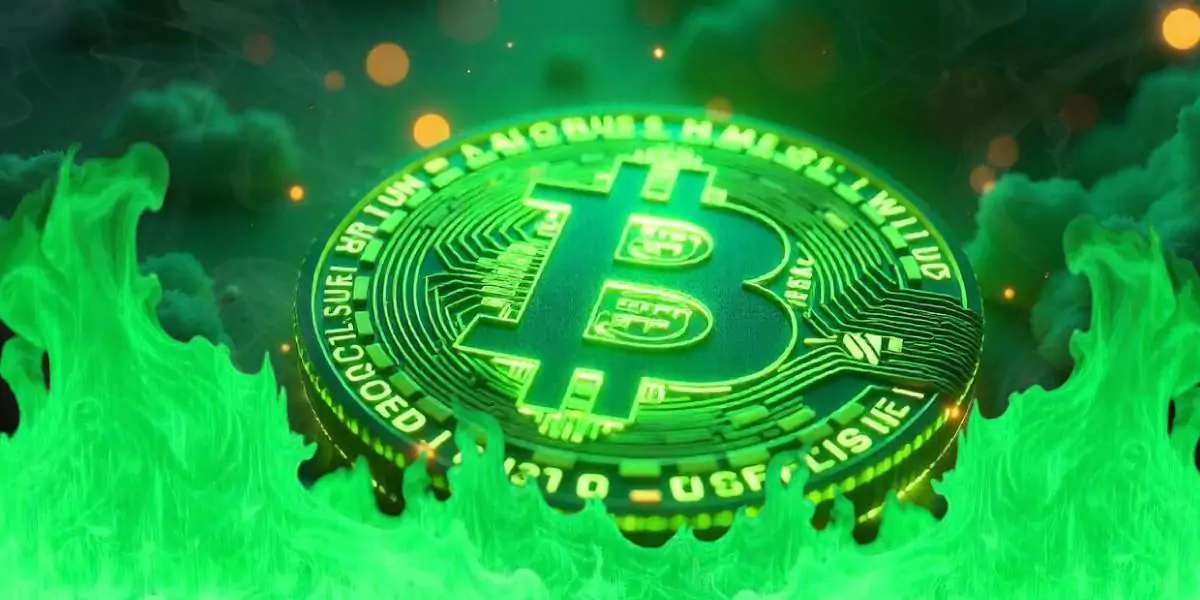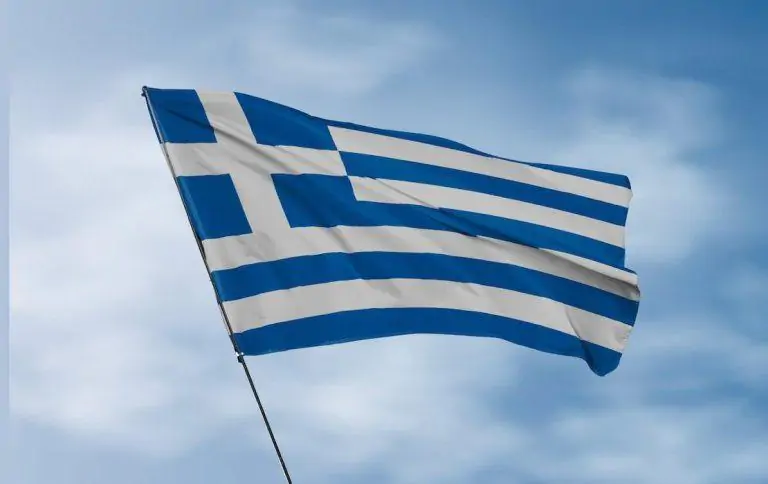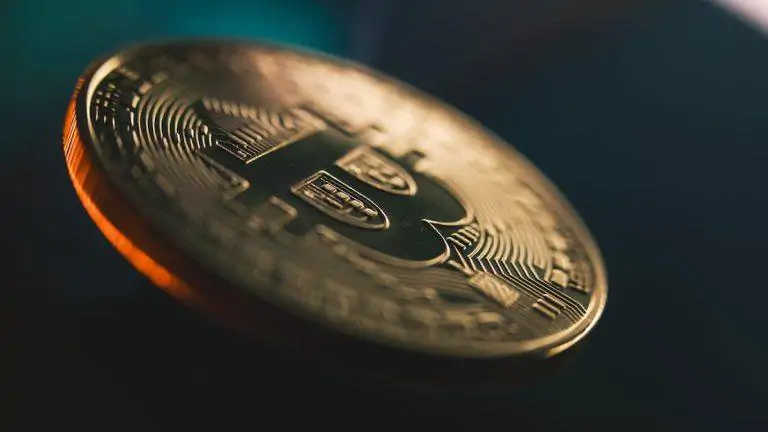Greece has made significant efforts to adopt a tax policy on crypto assets as the use of cryptocurrencies grows globally. In January 2025, the Greek government introduced new tax regulations for cryptocurrency transactions.
23.11.2024

In the context of cryptocurrencies, token burning refers to the deliberate reduction of the total number of tokens in circulation by permanently destroying them. This mechanism is crucial in cryptocurrency trading and can significantly affect its price and economic dynamics. Examples of such operations include Shiba Inu (SHIB), TRON (TRX), and Terra (LUNA) token burns, where this method was used to regulate the number of tokens and maintain investor interest.
What is the Digital Market and Market Trends?
The digital cryptocurrency market is a dynamic and rapidly growing environment where participants actively trade various digital assets. This market continues to grow as technology advances and investor interest increases, providing new opportunities and tools for wealth management.
An important trend in the digital market is coin burning. In this process, the total supply of coins in circulation is reduced by destruction, increasing their scarcity, which leads to an increase in value. For example, Shiba Inu (SHIB), TRON (TRX), and Terra (LUNA) token burns have become popular tools for managing supply and maintaining investor interest.
Understanding coin burning is crucial for market participants. This mechanism not only helps regulate token supply, but also serves as an indicator of a project's stability and potential. By using Coin Burn, projects can demonstrate their commitment to long-term goals and price stability, which is particularly important in the highly volatile cryptocurrency market.
A Few Words About Trading
Trading in the digital cryptocurrency market involves buying and selling digital assets for the purpose of making a profit. In this context, understanding mechanisms such as token burning is an important aspect of a trader's strategy. Token burning reduces the total number of tokens in circulation, which can increase their value and influence market trends.
Traders are closely following events related to Shiba Inu (SHIB), TRON (TRX), and Terra (LUNA) token burning, as such events can lead to significant price changes. Understanding what token burning is and how it affects the market can help traders make more informed decisions and develop effective trading strategies.
Therefore, trading in the cryptocurrency world requires not only technical analysis and understanding of market trends, but also a deep understanding of mechanisms such as token burning, which can significantly affect market dynamics and investment opportunities.
Definition of "Coin Burn"
During a coin burn, a certain amount of cryptocurrency is permanently removed from circulation. This is usually accomplished by sending the tokens to a special, unretrievable address, where they cannot be retrieved or spent. These coins are considered damaged, thus reducing the total amount of coins available.
The goal of a coin burn is to reduce the supply, thereby potentially increasing the value of the remaining tokens. This practice is widely used by various cryptocurrency projects to manage the economy and maintain investor interest. Coin Burn can also serve as an indicator of the project team's confidence in their cryptocurrency and commitment to long-term success.
Examples of Coin Burns on Specific Coins
- Shiba Inu (SHIB): in 2021, Shiba Inu developers announced the destruction of a large portion of tokens, which attracted investor attention and drove prices higher. This practice continues to control inflation and increase token scarcity.
- TRON (TRX): in 2018, TRON conducted a token burn, destroying 1 billion TRX tokens to celebrate its mainnet launch. The goal is to reduce the total number of tokens and increase their value to current holders.
- Terra (LUNA): the Terra project uses a token burn mechanism to stabilize the value of its stablecoin. The LUNA burn is to respond to changes in the supply and demand of the Terra stablecoin, helping to maintain a stable economic model and ecosystem.
- Binance Coin (BNB): Binance regularly conducts BNB token burns and uses part of the profits to repurchase and destroy tokens. This will be done once a quarter, reducing the total BNB supply to 100 million tokens.
- Ethereum (ETH): in August 2021, Ethereum introduced a mechanism through the EIP-1559 update to burn a portion of transaction fees. This innovation helps reduce ETH inflation and stabilize its value.
The utilization of coin burn in different projects serves as a demonstration of how it effectively manages the coin supply, enhances its value, and ensures both investor interest and market stability.
Conclusion
The act of coin burn is a pivotal component of cryptocurrency economics, offering projects a valuable means to regulate their token supply. Through the reduction of circulating coins, coin burn cultivates scarcity and the potential for value appreciation, capturing the interest of both investors and traders. The coin burns witnessed in Shiba Inu, TRON, and Terra serve as prime illustrations of how this mechanism can be harnessed to accomplish diverse objectives, ranging from bolstering asset worth to fostering ecosystem stability.




